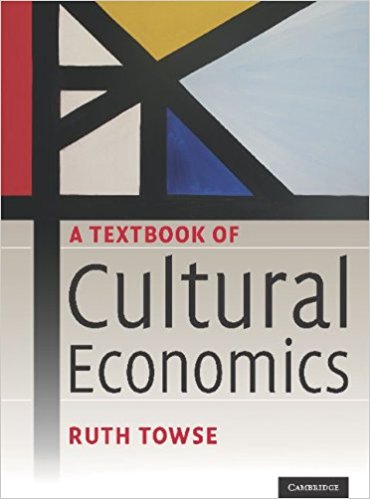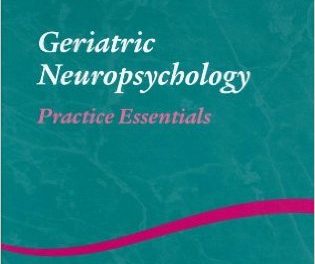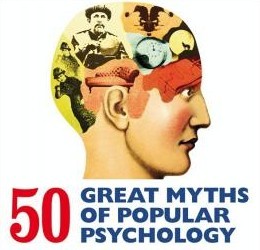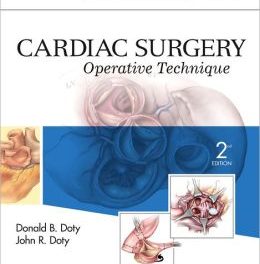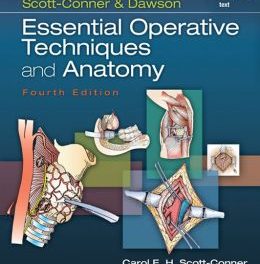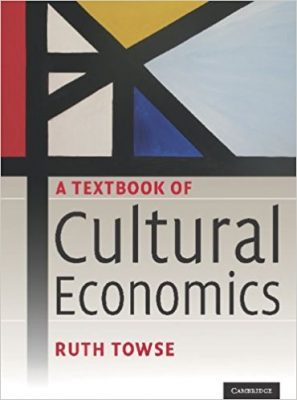 Author: Ruth Towse
Author: Ruth Towse
Publisher: Cambridge University Press – 600 pages
Book Review by: Sonu Chandiram
The term ‘cultural economics’ is likely a new one to most readers and if you are one of those who have not come across it before, the simplest definition is that it is the economics of the arts, heritage, and the creative industries.
The arts are of several types. Three of the most common ones are: literature, the performing arts, and visuals arts. Heritage refers to what has been inherited and these are typically shown in museums and other historical places. The creative industries refer to activities such as broadcasting, film, music, publishing and the like; in other words, any industry that requires its participants to create something new out of existing materials or thoughts.
The word ‘economics’ implies capital, labor, and time. All these are values measured with money. When you combine the words ‘cultural’ and ‘economics’ you are then referring to creative activities and goods that produce or have value, measured in money.
The author of this unusual – and I would go so far as to say unique – book, is a woman who is reputed to be one the most knowledgeable people in the world about cultural economics. In fact, she is a pioneer in data gathering, research, and development of this specialty in the economic field known as cultural economics. We suggest that you read what three professors have written about Ruth Towse and this book on its back cover.
There is a lot to learn about what cultural economics is, in this eye-opening book. We figured that the best way to introduce this book to you would be to present its contents in a nutshell as we do below:
- Part I. General Issues in Cultural Economics
- Introduction
- Introduction to Cultural Economics
- Appendix: Brief introductions to the economic theories used in cultural economics
- Economic profile of the cultural sector
- Markets for cultural goods and services
- Economic organization of the creative industries
- Production, costs and supply of cultural goods
- Consumption of cultural goods and services
- Welfare economics and public finance
- Part II. The ‘traditional’ economics of the arts and heritage
- Introduction
- Economics of the performing arts
- Economics of cultural heritage
- Economic evaluation of cultural policy
- Artists’ labor market and copyright
- Introduction
- Economics of artists’ labor markets: theories
- Economics of artists’ labor markets: empirical research
- Economics of copyright
- The creative industries
- Introduction
- Economics of creative industries
- Economics of the music industry
- Economics of the film industry
- Economics of broadcasting
- Economics of book publishing
- Economics of festival cities, creative cities, and cultural tourism
- Conclusion and exercises and problems
- Introduction
- Conclusion
- Exercises and problems
One of the back-cover reviewers of this book describes it as “the most complete introduction to the subject (cultural economics) ever produced, It covers description of the economic organization of the arts with graphic examples ranging from the one-person business of the individual artist to giant enterprises such as the British Museum.”
Numerous money-related questions arise in people’s minds when they think about the arts, creative activities and culture. The author Ruth Towse mentions a few that have arisen in my mind, but I have not bothered to find the answers mainly because they do not affect my livelihood. Perhaps these have also crossed your mind as well? Have you ever wondered:
- Why are many artists poor?
- Why does Hollywood dominate the film industry?
- Can we predict the success of a film or record?
- Does downloading damage the record industry?
- Does free entry to museums bring in more visitors?
- Why does the government support the arts?
- What are the reasons for public service broadcasting?
- How much are we willing to pay to protect our cultural heritage?
- What determines the price of a pop concert or an opera?
- Why is there a star system in the arts?
These ten questions above, and others, are asked in this book, and answered. For cultural economics to qualify as a discipline, it must formulate theories or principles, just as economics must do, and actually does. Then it must gather empirical evidence (data) to test the hypotheses (theories or principles) that were formulated about the production and consumption of cultural goods and services.
This pioneering work will certainly open up new horizons in your mind about this exciting new area of knowledge that is growing very rapidly. Get this book!
Author:
Ruth Towse is Professor of Economics of Creative Industries at the Center for Intellectual Property and Policy Management (CIPPM) at Bournemouth University and Professor Emerita at Erasmus University in Rotterdam, Holland. Professor Towse is one of the world’s leading cultural economics and has taught at universities in the United Kingdom, the Netherlands, Italy and Thailand.
She was joint editor of the Journal of Cultural Economics from 1993 to 2002 and president of the Association for Cultural Economics International from 2006 to 2008. She was president of the Society for Economic Research for Copyright Issues from 2004 to 2006 and in 2008 was appointed to the Copyright Expert Panel of the Strategic Advisory Board for Intellectual Property Policy in the United Kingdom.

